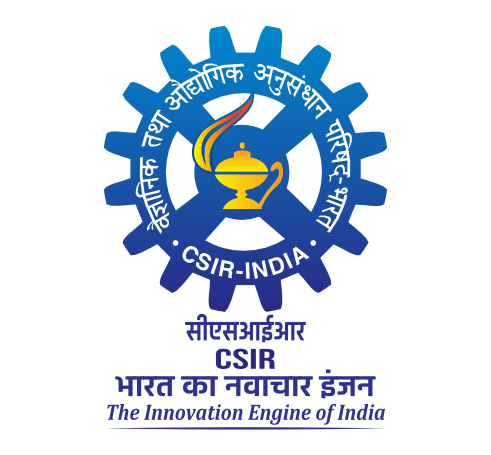Novel probiotic consortium sustains skeletal muscle function in hyperlipidemic rats
Somashekher, Sai Kumar and Pallavi, Ratha and Yashwanthkumar, Manasa Hassan and Ramaprasad Ravichandra, Talahalli (2025) Novel probiotic consortium sustains skeletal muscle function in hyperlipidemic rats. Biochemical and Biophysical Research Communications, 791. pp. 1-7.
|
PDF
1-s2.0-S0006291X2501664X-main.pdf - Published Version Restricted to Registered users only Download (769kB) | Request a copy |
Abstract
We evaluated the efficacy of a novel probiotics consortium in preventing hyperlipidaemia-induced loss of muscle function in rats. Male Wistar rats (300 ± 5 g) were randomised into 4 groups (n = 6) including control (7 % fat), hyperlipidaemia [(Hyp) 35 % fat], Hyp + Orlistat (10 mg/kg BW) + Cholestyramine (2g/100g of diet) (Hyp + O + C) and Hyp + Probiotics (Lactobacillus acidophilus, Bacillus coagulans, and Streptococcus thermophilus) (Hyp + Pr). After 90 days of feeding, muscle function parameters were assessed. Compared to the Hyp group, the pro- biotic consortium significantly (p < 0.05) decreased body weight gain, visceral adiposity, and fat-to-muscle ratio, accompanied by a marked increase in gastrocnemius and soleus indices. Furthermore, probiotics decreased creatinine, urea, lactic acid, and muscle injury markers (CK-MM, LDH, MYL3, sTnI, FABP3) compared to the Hyp group (p < 0.05), indicating modulation of muscle integrity and systemic stress. Functional assessments (inverted screen, exhaustive swimming, and rotarod tests), contractability (myofibrillar protein), and energy reserve (muscle glycogen) confirmed a significant (p < 0.05) enhancement of muscle strength, endurance, and coordi- nation in the probiotic-treated group compared to the Hyp group. The muscle atrophy markers (Atrogin-1, MuRF1, and FoXO1), as well as the myokine MSTN, which is responsible for inhibiting muscle growth and differentiation, were significantly (p < 0.05) downregulated in the probiotics group compared to the Hyp group. Whereas the myogenic regulators MyoD and MyoG were significantly (p < 0.05) upregulated in the probiotics group compared to the Hyp group. Furthermore, the probiotics significantly (p < 0.05) upregulated the expression of SREBP-1c, PGC-1α, and UCP3 compared to the Hyp group. These findings suggest that a novel probiotic consortium sustains muscle function and integrity in hyperlipidemic rats.
| Item Type: | Article |
|---|---|
| Uncontrolled Keywords: | Hyperlipidaemia, Probiotic consortium, Skeletal muscle atrophy, Myogenesis, Mitochondrial biogenesis, UCP3 |
| Subjects: | 600 Technology > 08 Food technology > 09 Food Microbiology |
| Divisions: | Dept. of Biochemistry |
| Depositing User: | Somashekar K S |
| Date Deposited: | 12 Nov 2025 09:47 |
| Last Modified: | 12 Nov 2025 09:47 |
| URI: | http://ir.cftri.res.in/id/eprint/20077 |
Actions (login required)
 |
View Item |

